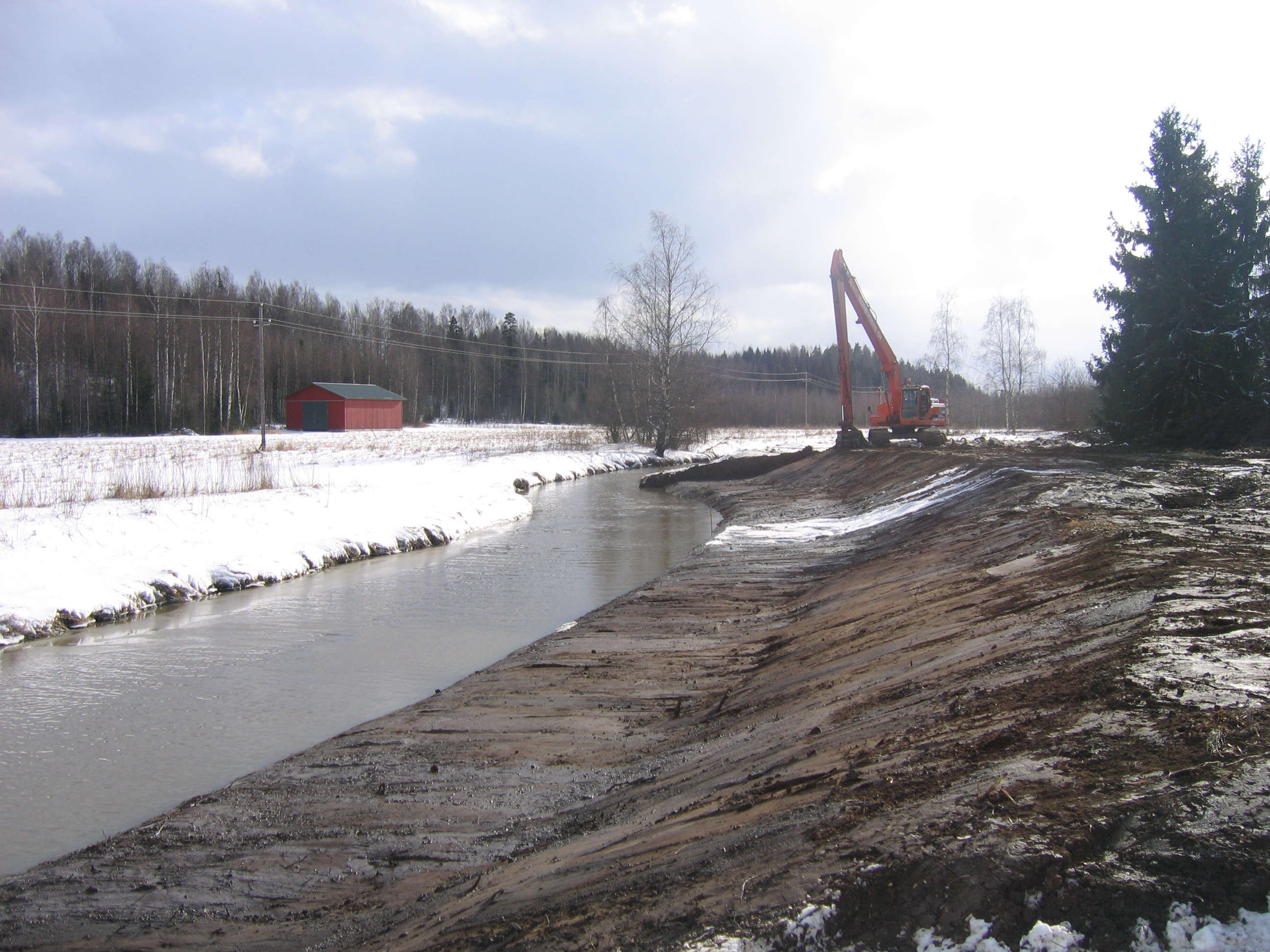
The widespread decline in river habitats across Europe has resulted from river engineering activities and the alteration of rivers and their floodplains. These activities have been in response to changing landscape activities as a result of industrialisation, urbanisation and intensification of agriculture.
Activities commonly associated with the provision of services such as flood protection, navigation, water supply and hydroelectricity include the direct engineering of rivers (for example bed and bank reinforcement, river re-sectioning, extensive channelisation, culverting and dredging of channels), and alterations to natural hydrological regimes (e.g. water diversion, hydro-peaking, truncation of bedload transport followed by river bed degradation.
Habitat decline
These activities coupled with widespread floodplain reduction and modification as land use intensifies have resulted in significant levels of river habitat decline, and alteration to the natural hydromorphology of riverine ecosystems. These impacts are well documented in the literature across the majority of major temperate zone rivers in Europe and the USA.
The state of Europe's rivers
Less than 20% of Europe’s rivers and floodplains are still in their natural physical state. Our remaining pristine rivers are mainly located in remote boreal and arctic regions. Most of our rivers and watercourses have been modified to serve the needs of the human population with varying levels of impact. The European Environment Agency in 2009 found only 15% of freshwater habitats were of a favourable condition, 30% in bad status and 35% of inadequate status.
The large scale decline in river habitat and reduction in functional floodplain is also linked to significant reductions in associated biodiversity which include impacts on spatiotemporal heterogeneity, functional processes and species.